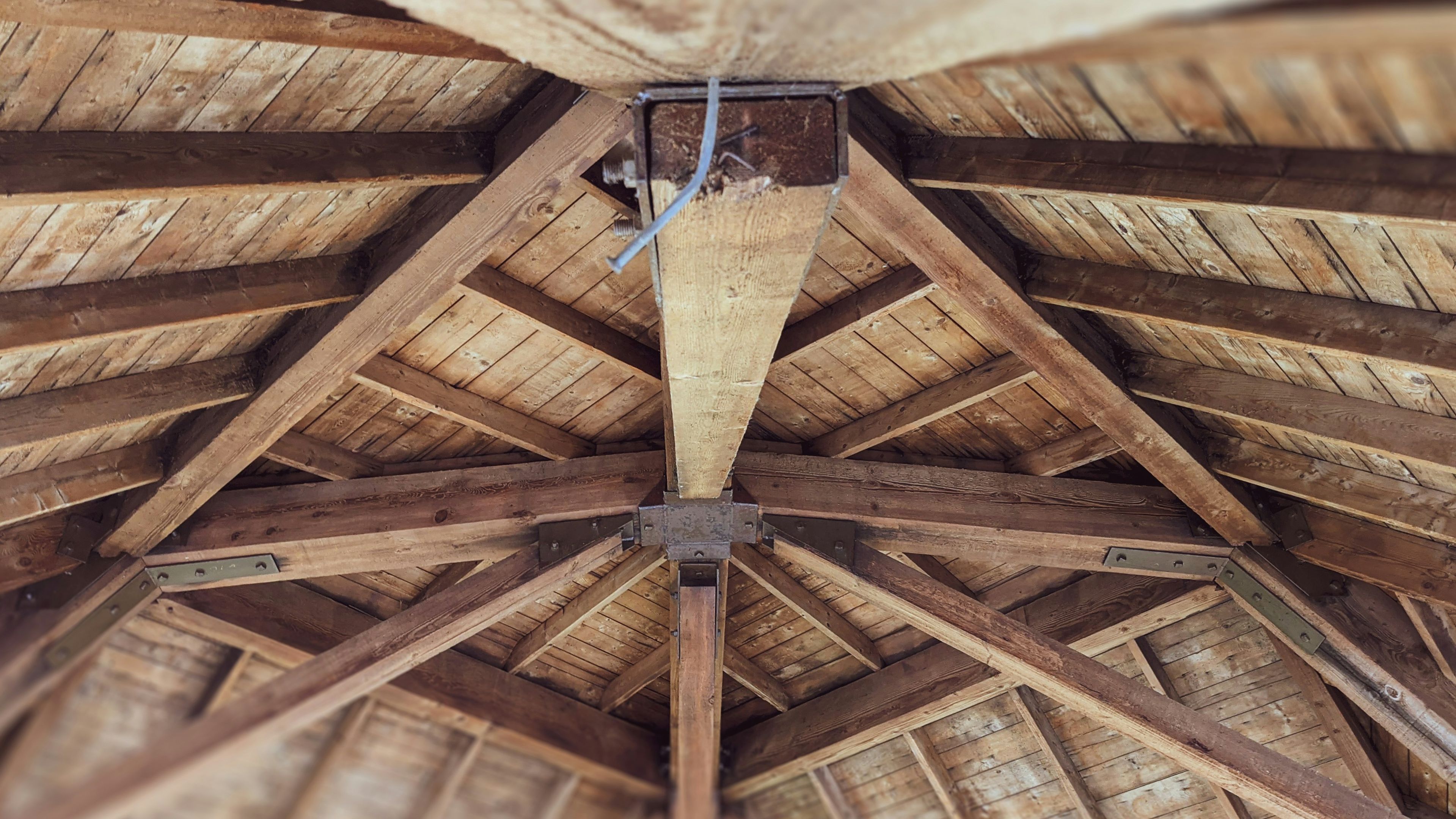
If you're planning a roofing project in Middle Tennessee, one of the most critical—and often misunderstood—steps is the roof truss lift. Whether you're a seasoned contractor or a homeowner coordinating your first build, understanding how this process works can save time, avoid delays, and make the jobsite safer.
At Upper Cumberland Crane, LLC, we specialize in crane-assisted truss placement across the Upper Cumberland region. In this post, we’ll walk you through exactly what to expect during a roof truss lift so you’re fully prepared on lift day.
Pre-Lift Planning and Site Prep
Before a single truss is lifted, preparation is everything. Days before the scheduled lift, we’ll coordinate with your framing or general contractor to review blueprints, confirm truss sizes, and assess access for crane setup. This ensures we're using the right crane for the job and have a clear understanding of site conditions like terrain slope or overhead hazards.
On lift day, we arrive early to stage the crane on solid ground and level it with cribbing if necessary. We review the lift plan with your crew, including communication signals, rigging strategy, and the truss sequence. Safety and clarity at this stage prevent miscommunication and delays once the lift begins.
How the Trusses Are Rigged and Secured
Rigging is the step where trusses are attached to the crane’s hook using proper slings and spreader bars. This is a critical phase: improper rigging can cause stress damage to the truss or unbalanced lifts. That’s why our experienced operator always inspects the rigging before every lift.
Each truss is typically lifted using nylon straps connected to secure lifting points, often just inside the panel points to maintain stability and prevent flexing. Depending on truss size, we might use a spreader bar to evenly distribute the load.
The Lift Itself: What Happens and Who's Involved
Once rigging is double-checked, the crane carefully lifts the truss into the air. The operator and the ground crew stay in close communication—often with radios or hand signals—to position the truss directly over its layout marks on the top plates.
During this phase, framers or roofing crew members (wearing proper fall protection) guide and secure the truss into place. We hold the truss steady while your team nails or braces it, and we don’t release the lift until it’s fully fastened and safe.
The process repeats with each truss, working outward from the center or following your crew’s framing sequence. With a well-coordinated team, dozens of trusses can be installed in just a few hours.
What You Need to Do Before Lift Day
Contractors and homeowners can help make the lift go smoothly by ensuring a few things are in place before we arrive:
- Access for the crane: Clear any parked vehicles, debris, or soft ground.
- Staging of trusses: Make sure the trusses are laid out and spaced where we can access them.
- Crew availability: Have your framing team ready to catch and secure the trusses.
- Weather monitoring: We do not lift in high winds or storms for safety.
If any of these aren’t in place, it can delay the lift and affect your schedule. We’re always happy to reschedule, but planning ahead avoids costly setbacks.
Serving the Upper Cumberland with Trusted Crane Support
At Upper Cumberland Crane, LLC, we serve contractors, framers, and property owners throughout Middle Tennessee with reliable crane services. We’ve placed hundreds of trusses across Cookeville, Sparta, Livingston, and beyond. Whether it's a custom home or commercial roof, our crane simplifies the hard part so your team can get to work faster.
Want to see more of what we do? Explore our Roof Truss Lift & Placement service or contact us for a free consultation on your next job.
